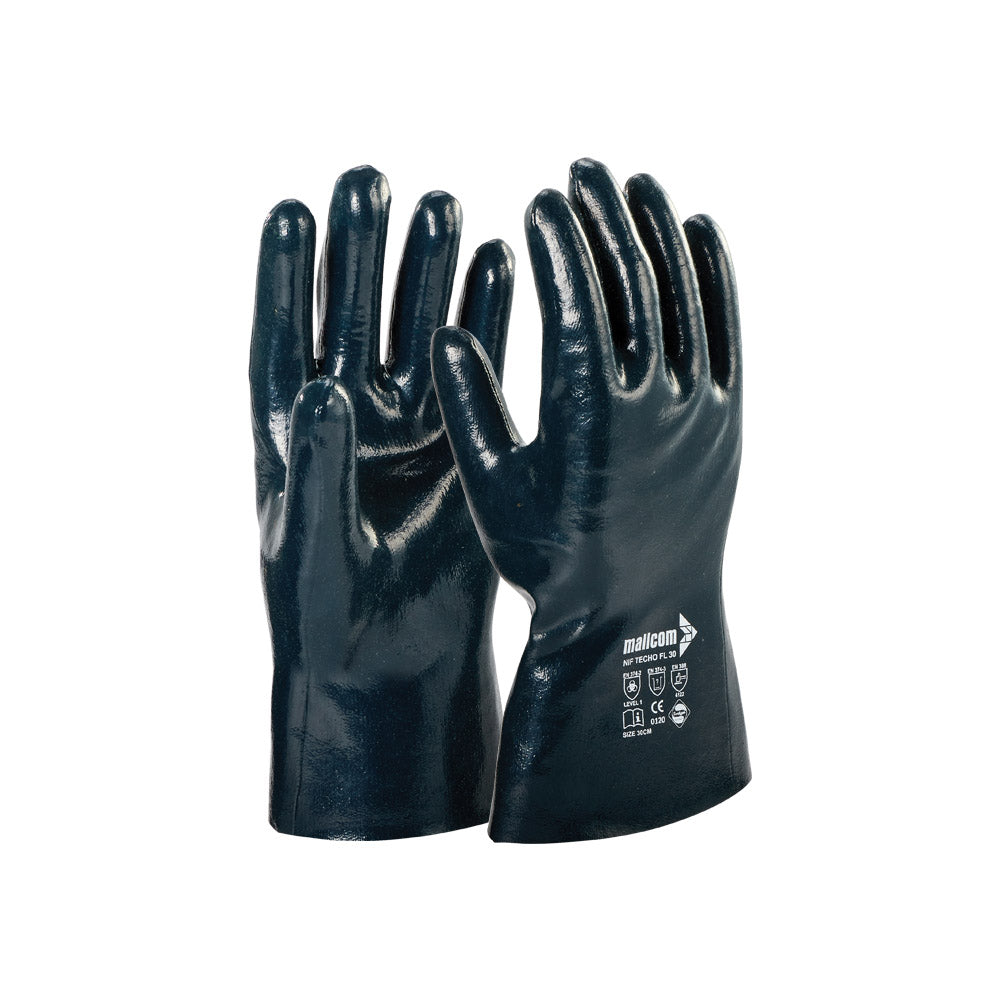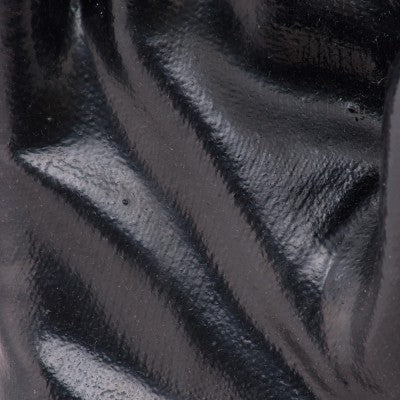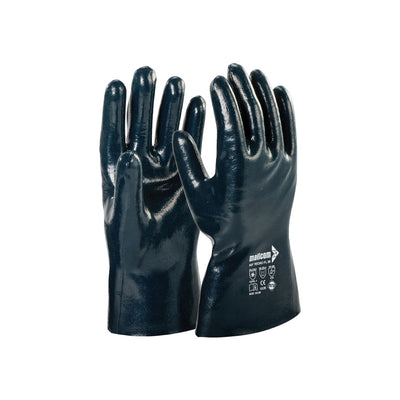NIF TECHO FL 30
Share
Nitrile Gauntlet
- A comfortable glove with excellent dexterity, enhanced grip particularly useful in slippery and oily environments.
- Heavy weight supported nitrile dipped gloves.
- 30 cm gauntlet style nitrile glove
- Blue coloured heavy NBR full coating
- Cotton fleece lining Available 7 - 11
OIL RESISTANT
ABRASION
CHEMICAL RESISTANT
DIRT RESISTANT
EN 388
EN374-5:2016
Delivery & Services

Easy Return
with our 15 days return poicy
Regular price
Rs. 0
Sale price
Rs. 0
Regular price
Tax included.
Shipping calculated at checkout.



ABOUT THE DESIGN

USEFUL IN THESE INDUSTRIES
MATERIAL HANDLING
OIL & GAS
PAINT&CHEMICAL
PETROCHEMICAL

Product Features
ABOUT THE DESIGN

USEFUL IN THESE INDUSTRIES
MATERIAL HANDLING
OIL & GAS
PAINT&CHEMICAL
PETROCHEMICAL
Product Details





























